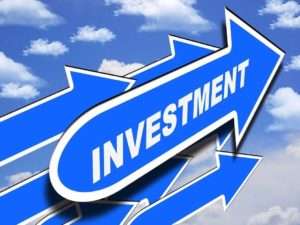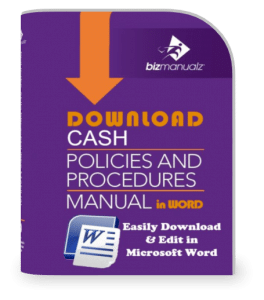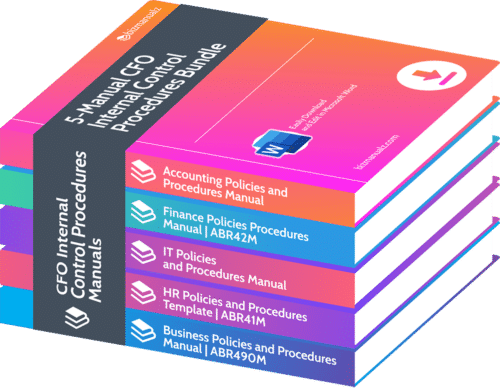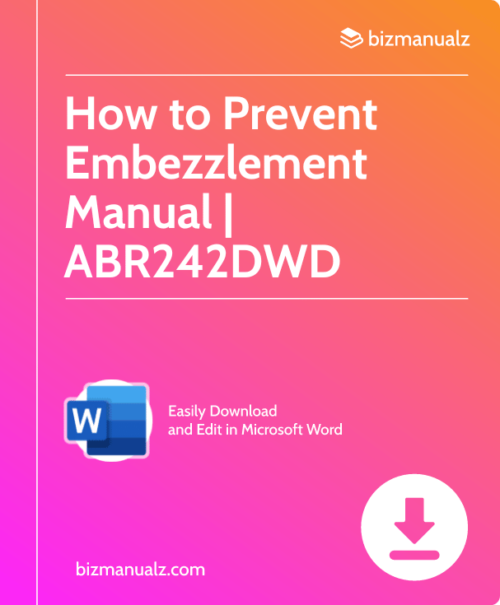What Is Your Business Return on Invested Capital?

Profit is used to drive growth, which is one aspect to your cash needs. But what are you going to do with the excess cash from your business? Your options include purchase assets, spend it on various expenses, hold it in an investment account, pay down debt, or give it back to the shareholders. Do you have a Return on Investment plan for your capital?
If you think of spending cash as making an investment in your business then understanding the Return On Investment you are about to make becomes critical in making your decision.
Returns are a function of risk; typically the higher the return the greater the risk. Thirty-year government bonds are low risk with returns in the 3-5% range. The overall stock market is a more risky but produces an 8-13% return. Small or new businesses are considered the most risky, which is one reason why venture capitalists require average returns of 25-30%.
|
Investment
|
Rate of Return
|
Risk
|
| Government Bonds |
3 – 5%
|
Low
|
| Stock Market |
8 -13%
|
Moderate
|
| Small/New Business |
20-30%
|
High
|
Return on Invested Capital (ROIC)
Return on Invested Capital is used to determine the effectiveness of the cash invested in your business. It is determined by dividing your net profit by your total assets less cash and investments (we subtract cash and investments because these are not investments in the business itself)
ROIC = Net Profit / (Assets ?? Cash)
As mentioned above, most businesses are considered risky investments, so the ROIC for your business should be 20-30% in order to interest investors. (Even for a closely held company or for a single shareholder – you want a competitive rate for yourself). If your ROIC is low then your business is not compensating its shareholders for the risk they are taking. What causes a low Return on Invested Capital?
Business Capital
It is all in how you spend your business capital–cash. Your options include purchasing assets, spending cash on expenses, paying off debt, holding cash, or returning cash to shareholders. How do you know which ones to choose?
- Purchasing assets should be the first choice for spending money but only to a point. We want performing assets that can be productively used to make more profit. Returns vary by industry but a reasonable target is a 15-30% ROA (Return on Assets).
- Spending cash on expenses may be necessary but is limited by profit. Spending too much can reduce profits to zero and constrain growth.
- Paying off debt is an investment consideration. Currently interest rates are around 6%. Paying down debt might be better than holding it in a money market account.
- Holding cash over and above your working capital is not an effective use of cash. Typically safe investments produce a very low return of 2-5%. This may be considered, however, if you have specific plans (i.e. expansion, acquisition) that will require large amounts of cash in the future.
- Returning cash to shareholders should be the last option, however, but with many mature companies it is the only option available. It basically means there are no good assets to purchase, debt and expenses are at reasonable levels, and as noted above investing usually produces poor returns. In this case, with no better options left, you should give the cash back to your shareholders to invest somewhere else.

Cost of Capital
We know we need a decent Return on Invested Capital to attract investor capital, but we also need the the cost of capital (i.e. debt interest) to be lower than our Return on Invested Capital (what we do with investor’s money). The goal is to find capital for as little as possible and then invest it on projects within your business that will return as much as possible, but at minimum, for more than the cost of capital.
Weighted Average Cost of Capital (WACC)
To do this we need to determine the cost of capital from debt and equity using the Weighted Average Cost of Capital or WACC. Basically your WACC weighs the contribution of each piece of debt or equity using the capital’s cost factor times the percentage of capital used from each source to produce the weighting factor.
![]() Where: Re = cost of equity (investor’s expectations of risk) Rd = cost of debt (interest rate) E = market value of the firm’s equity D = market value of the firm’s debt V = E + D (or total assets) E/V = percentage of financing that is equity D/V = percentage of financing that is debt Tc = corporate tax rate (Note how the cost of debt is reduced by the company’s tax rate because interest is tax deductible.)
Where: Re = cost of equity (investor’s expectations of risk) Rd = cost of debt (interest rate) E = market value of the firm’s equity D = market value of the firm’s debt V = E + D (or total assets) E/V = percentage of financing that is equity D/V = percentage of financing that is debt Tc = corporate tax rate (Note how the cost of debt is reduced by the company’s tax rate because interest is tax deductible.)
Cost of equity capital
It is easy to determine the cost of debt capital because the debt holder tells us upfront. If you borrow from the bank at 6% or from your credit cards at 15% then your cost of capital is 6% and 15% respectively. But what is the cost of your equity capital?
For large public companies this is easy, you add your dividends (per share) divided by the current stocks market value to your dividend’s growth rate.
Cost of equity capital = (Dividends / market value) + dividend growth rate
If you don’t have dividends then this becomes the expected growth in your stock’s value. The earlier table shows this appreciation at 20-30% for small companies. Therefore, equity is the most expensive form of capital and using (less expensive) debt can reduce our cost of capital. Debt provides leverage, which increases both positive growth and negative downturns. Debt keeps management focused on managing better, and reduces the cost of capital.
Return on Investment
We’ve looked at Return on Investment both in how business capital is deployed and in how business capital is raised. We’ve looked at the cost of capital for both equity and debt. So what implications does this have for capital planning?
First, determine your revenue growth and compare that to your equity growth. If your revenue growth is less than your equity growth then you should be able to grow using internal financing. But you still may want to raise cash to decrease your weighted average cost of capital and lower the threshold return needed for investment projects. Use the cash for assets first, followed by increasing expenses, paying down debt, holding cash, and finally returning excess cash to shareholders as the last resort.
Download Free Policies and Procedures to see how easy it is to edit MS Word Templates to build your own policy and procedure management system.
















Your explanations are easy to understand. Please thanks.